Tomorrow’s news audience: Smaller, but more obsessed
If you spend as much time as I do with survey data about the news media, it’s hard to escape the conclusion that news audiences — at least here in the U.S. — are on the decline.
To be sure, news consumption tends to come in peaks and troughs around election cycles, and so a languishing news audience in 2022 would fit a predictable pattern. And further, many observers have noted the burnout effect following months of wearying news about Covid-19. (The Knight-Gallup Trust, Media, and Democracy research initiative — for which I am an advisor — saw that audiences were turning away from the news after a 2020 spike in interest.)
But the audience erosion extends beyond episodic boom and bust. The Reuters Institute for the Study of Journalism has tracked American usage of major news sources for nearly a decade, and has shown steady — if incremental — declines for not just print and television, but digital, including social news usage as well. (On the latter point, the Pew Research Center has also shown something approaching a cool-down in the last year). Gallup, which has been tracking news consumption for decades, has also shown steady erosion across most sources.
Yet for all the well-documented evidence of news avoidance, we’re also experiencing a moment of acute political hobbyism. Since 2001, Gallup has been polling Americans on their attention to national political news. In September, they recorded their highest measure yet for a non-election year, with 38% of Americans saying they were following national political news “very closely.”
All of this is likely exacerbated by the decline of local, original reporting and the glut of nationally oriented political content that’s more widely accessible than ever before.
As a result, we’re likely to see a 2022 news audience that overall is smaller than before — as more Americans let the news fade into the ambient background or tune out altogether — but those who remain will be even more animated by national political narratives than in the past.
How journalists ought to navigate this terrain, I leave for wiser folks than myself to offer counsel. But to other survey researchers who study media attitudes: It strikes me that the line between politics and news media is becoming blurred to a point of little distinction in the eyes of some, perhaps many, Americans. When we think we’re asking survey respondents about their consumption of news, they might as well be telling us about their consumption of politics. News outlets that were once viewed skeptically as tools of political parties and movements, today may be more likely seen as official organs of those parties and movements.
It’s a whole new era of convergence, one that a growing segment of the American news audience distrusts — but also can’t resist.
Jesse Holcomb is an assistant professor of journalism and communication at Calvin University.

If you spend as much time as I do with survey data about the news media, it’s hard to escape the conclusion that news audiences — at least here in the U.S. — are on the decline.
To be sure, news consumption tends to come in peaks and troughs around election cycles, and so a languishing news audience in 2022 would fit a predictable pattern. And further, many observers have noted the burnout effect following months of wearying news about Covid-19. (The Knight-Gallup Trust, Media, and Democracy research initiative — for which I am an advisor — saw that audiences were turning away from the news after a 2020 spike in interest.)
But the audience erosion extends beyond episodic boom and bust. The Reuters Institute for the Study of Journalism has tracked American usage of major news sources for nearly a decade, and has shown steady — if incremental — declines for not just print and television, but digital, including social news usage as well. (On the latter point, the Pew Research Center has also shown something approaching a cool-down in the last year). Gallup, which has been tracking news consumption for decades, has also shown steady erosion across most sources.
Yet for all the well-documented evidence of news avoidance, we’re also experiencing a moment of acute political hobbyism. Since 2001, Gallup has been polling Americans on their attention to national political news. In September, they recorded their highest measure yet for a non-election year, with 38% of Americans saying they were following national political news “very closely.”
All of this is likely exacerbated by the decline of local, original reporting and the glut of nationally oriented political content that’s more widely accessible than ever before.
As a result, we’re likely to see a 2022 news audience that overall is smaller than before — as more Americans let the news fade into the ambient background or tune out altogether — but those who remain will be even more animated by national political narratives than in the past.
How journalists ought to navigate this terrain, I leave for wiser folks than myself to offer counsel. But to other survey researchers who study media attitudes: It strikes me that the line between politics and news media is becoming blurred to a point of little distinction in the eyes of some, perhaps many, Americans. When we think we’re asking survey respondents about their consumption of news, they might as well be telling us about their consumption of politics. News outlets that were once viewed skeptically as tools of political parties and movements, today may be more likely seen as official organs of those parties and movements.
It’s a whole new era of convergence, one that a growing segment of the American news audience distrusts — but also can’t resist.
Jesse Holcomb is an assistant professor of journalism and communication at Calvin University.
Wilson Liévano
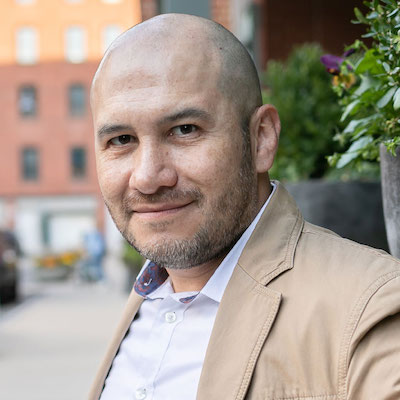
Sarah Marshall

Anika Anand

Janelle Salanga

Amara Aguilar

Joanne McNeil

Sarah Stonbely

Robert Hernandez
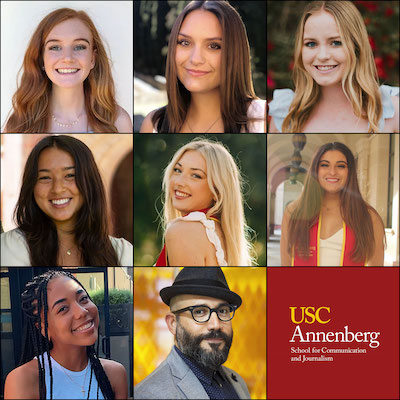
Ståle Grut

Mandy Jenkins

Matt DeRienzo
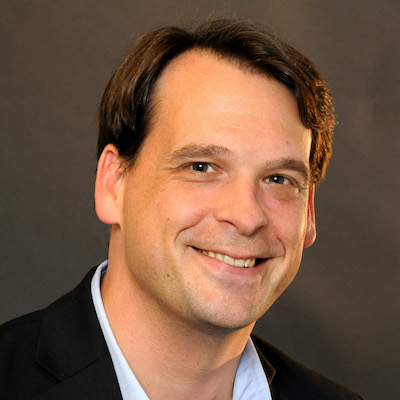
Jennifer Coogan

Joshua P. Darr
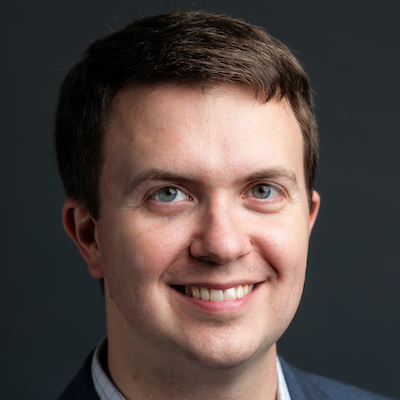
Candace Amos
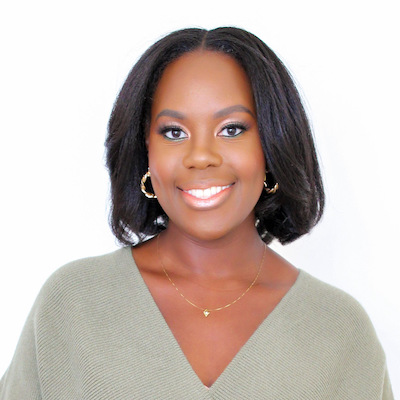
Julia Angwin

Zizi Papacharissi

Jonas Kaiser

Michael W. Wagner
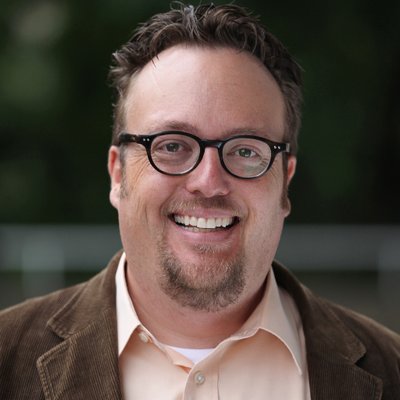
David Skok
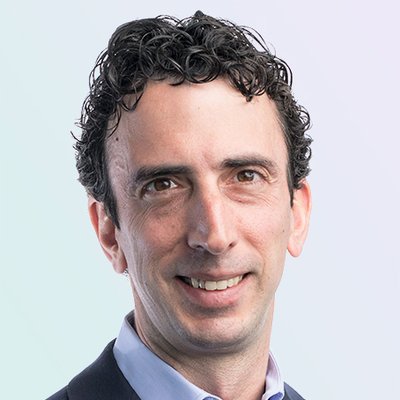
Matt Karolian

Cindy Royal

Gabe Schneider

Tony Baranowski

Anthony Nadler

Nikki Usher

Gordon Crovitz

Tom Trewinnard

Matthew Pressman

A.J. Bauer
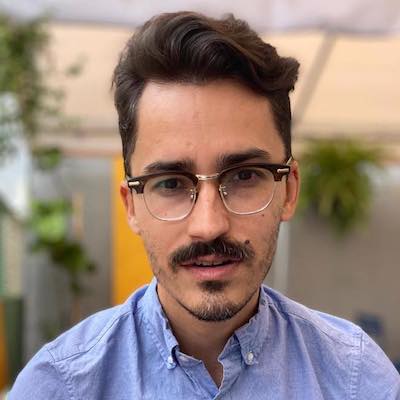
Don Day

Joe Amditis

Juleyka Lantigua

Cherian George
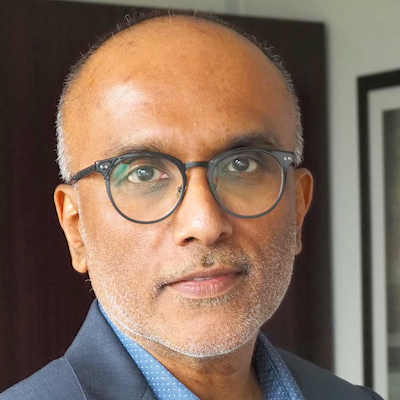
Kristen Jeffers

Victor Pickard

Tamar Charney
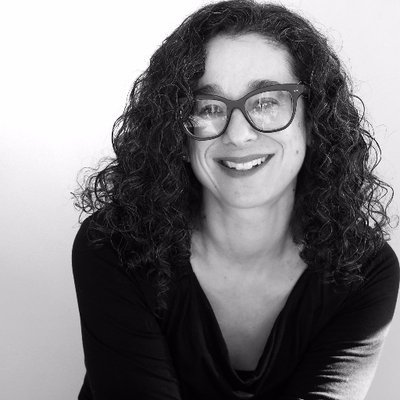
Meena Thiruvengadam

Moreno Cruz Osório

Paul Cheung
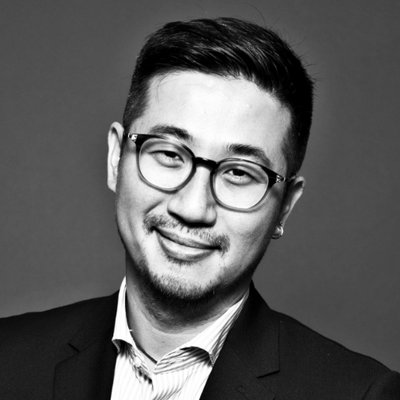
Amy Schmitz Weiss

Sam Guzik

Joni Deutsch

Chicas Poderosas

Ariel Zirulnick

Eric Nuzum

Cristina Tardáguila
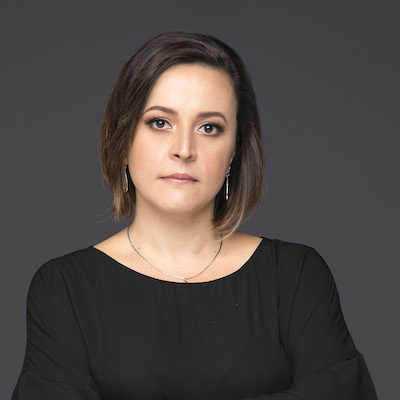
Kathleen Searles Rebekah Trumble

Jim Friedlich
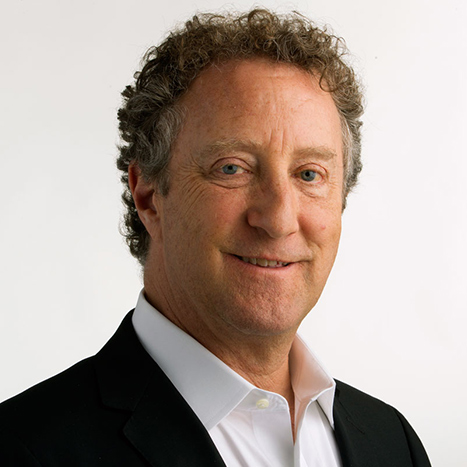
Shalabh Upadhyay
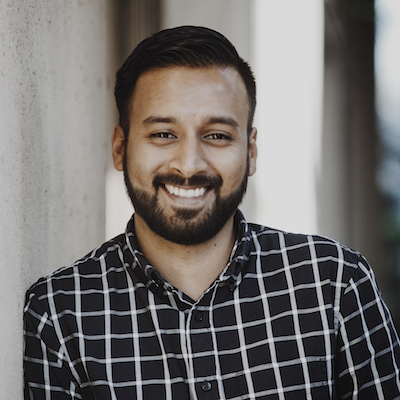
Stefanie Murray

Whitney Phillips

Millie Tran

Christoph Mergerson

Gonzalo del Peon
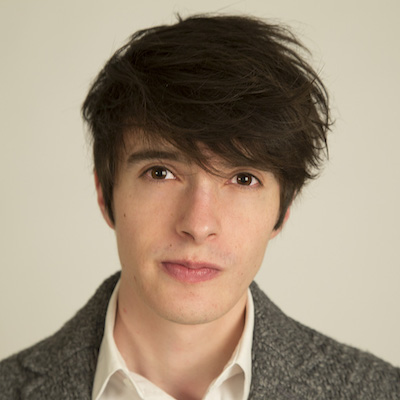
Stephen Fowler

Brian Moritz

j. Siguru Wahutu
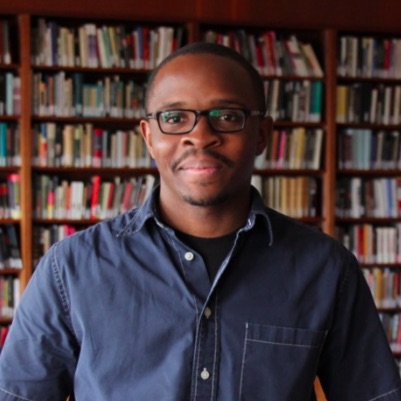
David Cohn

Larry Ryckman

Errin Haines

Mary Walter-Brown

Natalia Viana

Melody Kramer

Rasmus Kleis Nielsen

Julia Munslow

Burt Herman

Joy Mayer

Megan McCarthy

John Davidow

AX Mina

Daniel Eilemberg
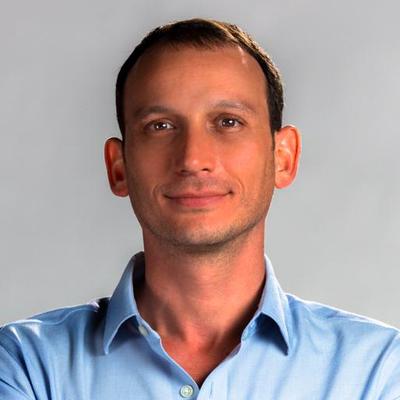
Richard Tofel

Simon Allison
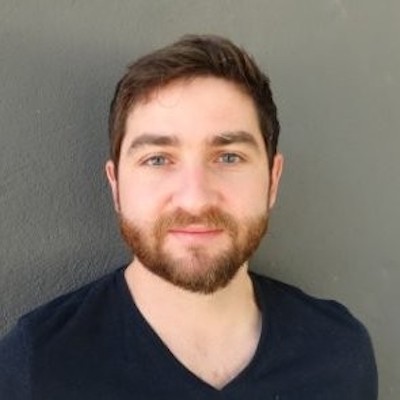
Parker Molloy

Alice Antheaume
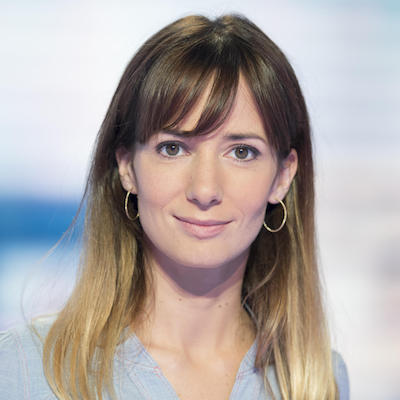
S. Mitra Kalita
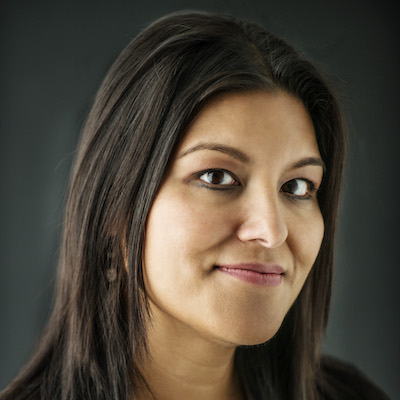
Francesco Zaffarano

Shannon McGregor Carolyn Schmitt

Jessica Clark

Jesse Holcomb

Izabella Kaminska
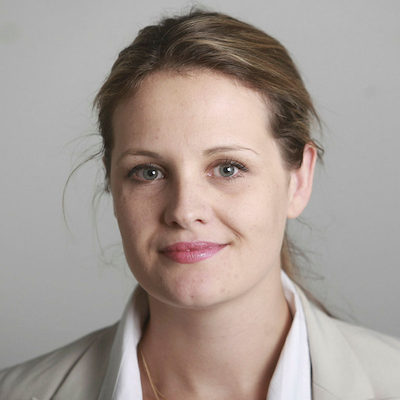
Raney Aronson-Rath
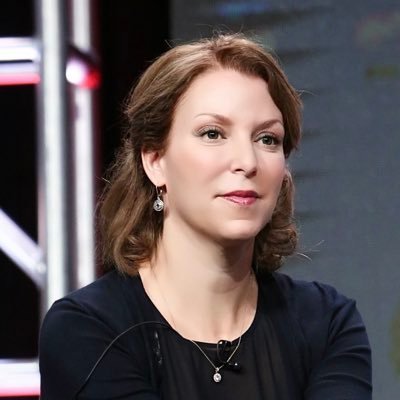
James Green

Catalina Albeanu

Chase Davis

Rachel Glickhouse

Jennifer Brandel

Mike Rispoli

Kerri Hoffman
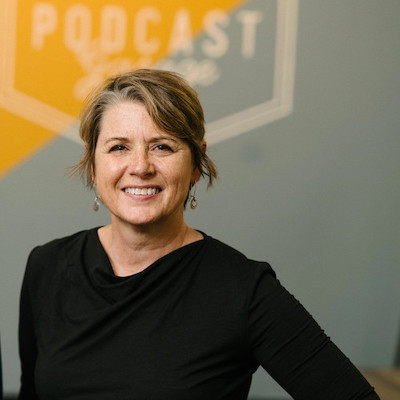
Kristen Muller
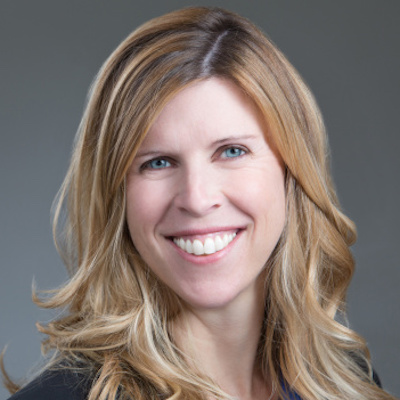
Laxmi Parthasarathy
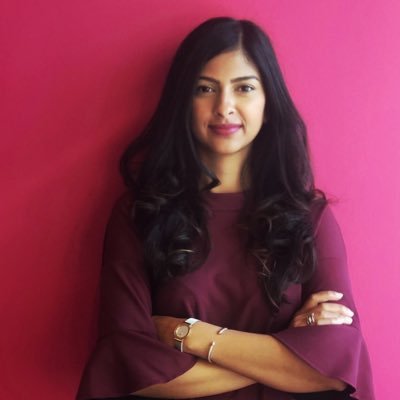
Andrew Freedman

Simon Galperin

Mario García

Doris Truong

Kendra Pierre-Louis

Jesenia De Moya Correa

Anita Varma

Christina Shih

Jody Brannon
